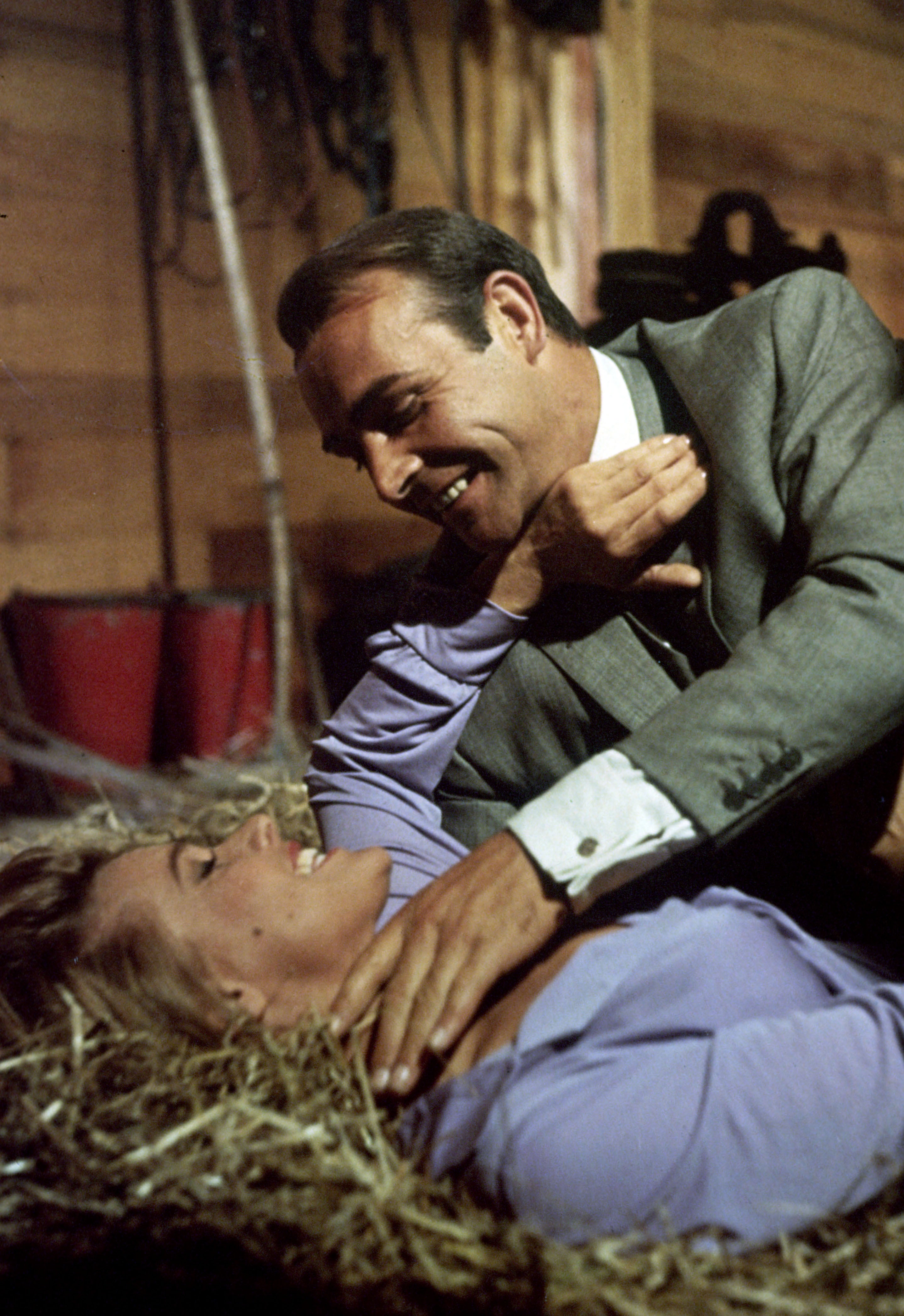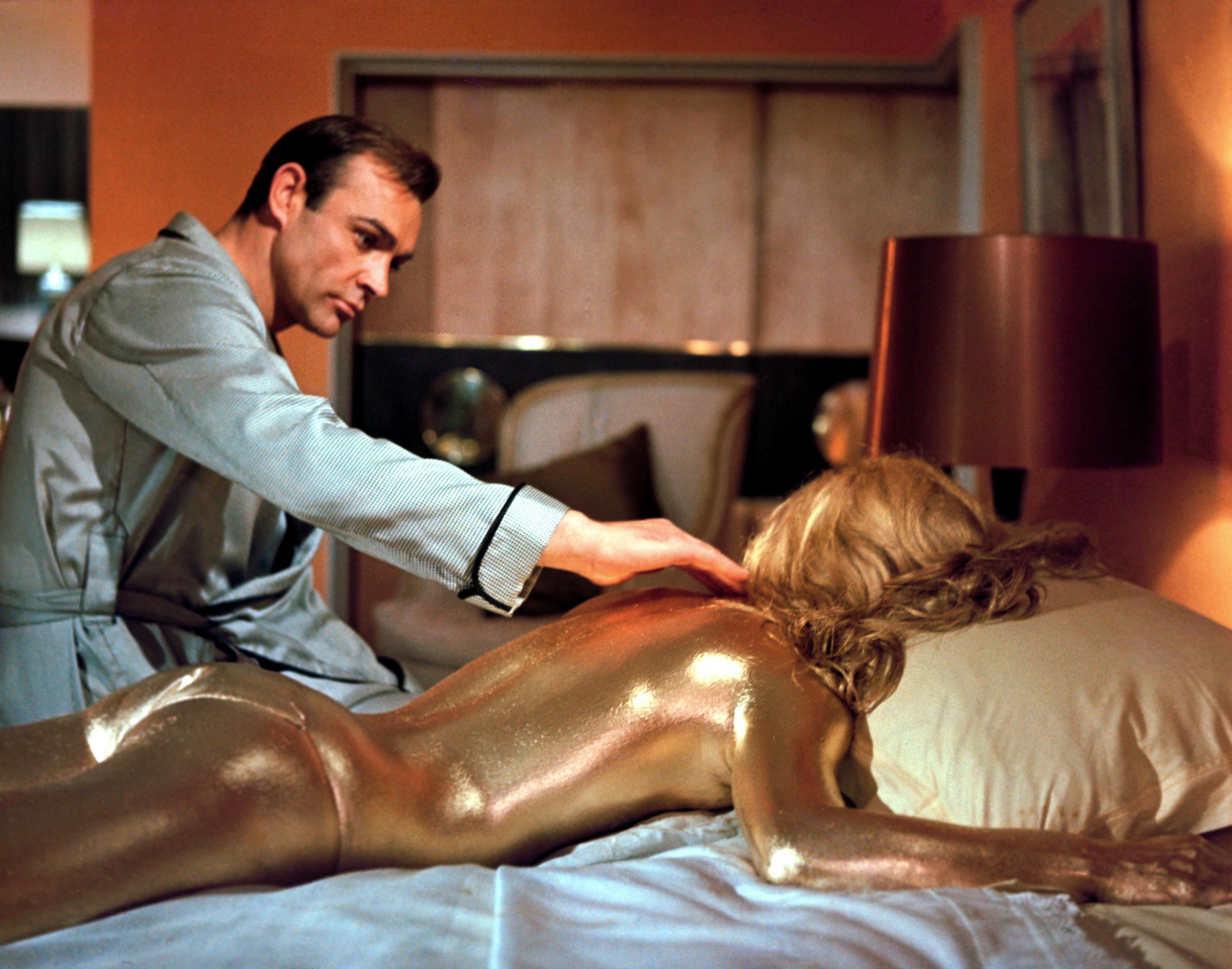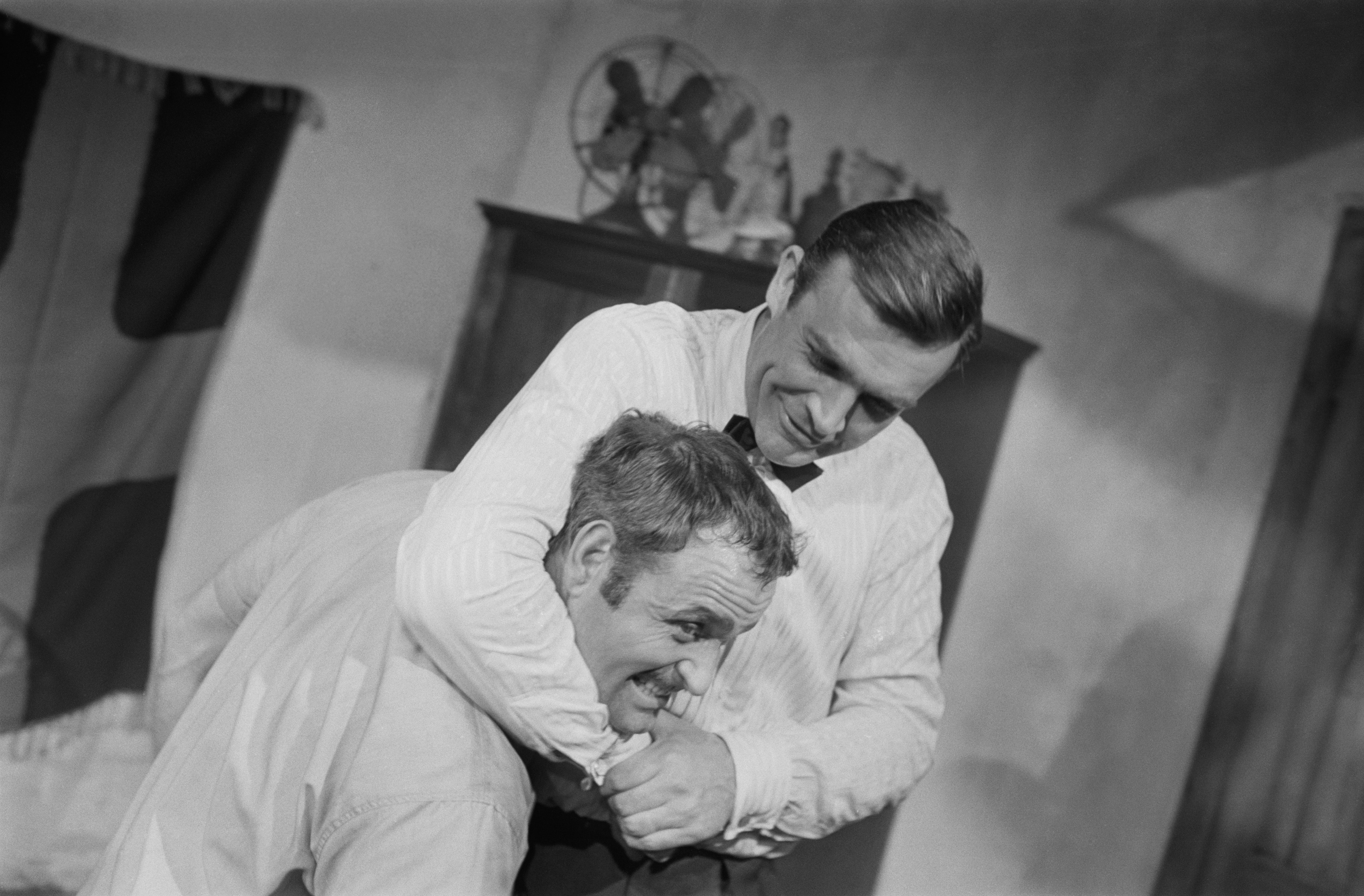Sexism, xenophobia and a real-life Nazi: The tarnished legacy of Goldfinger at 60
The James Bond franchise has never been more pleasurable than the 1964 Sean Connery classic, writes Geoffrey Macnab. But the film’s myriad controversies have only worsened with age

Its main villain was played by a former Nazi. Its sexual politics were dubious – even back in 1964. It was mindlessly macho, snobby, and not to mention xenophobic. And yet, for many, Goldfinger remains the most pleasurable James Bond movie ever made.
The film, which turns 60 this September, marked a significant change in the iconic spy series: it was the point at which 007 embraced the Swinging Sixties. The tone of the storytelling was wittier, looser and more playful than in its predecessors Dr No (1962) and From Russia with Love (1963), with their Cold War dourness. As Nicholas Shakespeare noted in his recent biography of Bond author Ian Fleming: “No day [now] passes without James Bond making a media appearance.” The release of Goldfinger hastened this process. It was the true beginning of Bondmania.
It’s true that none of the early Bond oeuvre holds up well to the scrutiny of modern sexual politics. But there have always been murmurings of dissent and disapproval about Goldfinger. The film’s US release was nearly pulled after censors objected to the name of the main female character, Pussy Galore (Honor Blackman). In his autobiography, Bond producer Cubby Broccoli claims that the Motion Picture Association of America only allowed the film to be shown in the States after it was pointed out to them that Prince Philip had seen the film, had met Blackman at the premiere, and that “Pussy” therefore had a royal seal of approval.
In 1965, after British newspapers caught wind of the German star Gert Frobe’s time in the Nazi party as a young man, the film was banned in Israel. (The ban was eventually overturned after a Jewish man, Mario Blumenau, came forward confirming that Frobe had helped save his life and that of his mother by hiding them.)
Recently, the most damning criticisms of the film have focused on a scene in which James Bond (Sean Connery) has a sexual encounter with Pussy Galore. The scene occurs late in Goldfinger when Bond pounces on his adversary in a barn after they’ve been fighting. He pins her down in the hay and forces himself on her – by modern understanding, a rape.
The scene is all the more problematic given the strong implication that Pussy Galore and her all-female “flying circus” of pilots are queer. She tells Bond explicitly she is “immune” to his charm but he jumps on her anyway, as if he believes that a few rough kisses from him will soon set her straight.
It’s also impossible to defend the femicide in the movie: Shirley Eaton’s Jill Masterson suffocated under a film of gold paint (sometime after, that is, Bond sexually harasses her) and her sister Tilly (Tania Mallet) killed by a single throw of the tight-lipped Korean thug Oddjob’s steel-tipped bowler hat.

From today’s perspective, many of the creative decisions made by director Guy Hamilton and screenwriters Richard Maibaum and Paul Dehn seem crazy. For example, casting an ex-Nazi and then having his character gas his enemies to death is tasteless in the extreme. Although admirers continue to rhapsodise about Ken Adam’s wondrous production design, you can’t help but notice that Goldfinger’s compound, where Bond is almost castrated and killed by a laser, looks strangely similar to Willy Wonka’s chocolate factory. The Asian workers there are all dressed like Oompa Loompas.
Goldfinger, then, is a movie with a tarnished reputation. Even at the time of its release, some reviewers were scraping away beneath its gleaming surface.
“The cult of James Bondism is a vicious one, a symptomatic sickness of the age … Bondists are expected to shriek with laughter even before the first victim is kicked in the guts or battered against a wall. They must gurgle with relish whenever their nonchalant hero ... rolls a girl he’s hardly met and certainly hates into the nearest bed,” complained critic Nina Hibben in the Daily Worker in September 1964. (This, though, was the same journalist who wrote of Michael Powell’s masterpiece Peeping Tom (1960) that, “from its slumbering, mildly depraved salacious beginnings to its appallingly masochistic and depraved climax”, the film was “wholly evil”.)

Despite the film’s myriad flaws, you would have to be quite a killjoy to find Goldfinger truly depraved or satanic. Its defining characteristic is its puerile cheeriness. The film takes its tone from Frobe’s Auric Goldfinger – a squat, red-haired Latvian refugee who has become the richest man in England. As Bond villains go, he is one of the more personable ones. He may cheat at cards and golf and want to detonate a nuclear weapon, but he delivers his lines with tremendous gusto and bonhomie.
The actor couldn’t speak good English. His voice was dubbed by another actor, Michael Collins, but this only added to the film’s kitsch appeal. “Do you expect me to talk?”, the tied-up Bond asks Goldfinger. “No, Mr Bond, I expect you to die,” Goldfinger famously replies. Even better is Goldfinger’s monologue to a group of startled American gangsters.“ Man has climbed Mount Everest, gone to the bottom of the ocean. He has fired rockets to the moon, split the atom, achieved miracles in every field of human endeavour except crime,” he yells at the mafia bosses. Nothing in later spoofs like Austin Powers can match this pitch of grandiloquent absurdity.
It is perhaps this disarming innocence that continues to win over audiences. “I couldn’t take James Bond seriously,” director Hamilton acknowledged, in a 2009 interview at Aberdeen University as he described some of the more outlandish moments at the start of the movie. (Connery’s Bond stripping off his diver’s suit to reveal an immaculate white tuxedo underneath, for instance, or the spy spotting the reflection of the man who is trying to kill him in the eye of the woman he is kissing). “If you take that seriously, you need your heads examined,” he added. The director’s advice to audiences was to “leave their brains under the seat” and buckle up for “a big ride.”

There has been a tendency in recent years to disregard Hamilton’s advice. The casting of each new Bond always marks the start of an intense national debate as if the actor chosen somehow embodies the current spirit of “Britishness” and reflects all of our attitudes toward gender, race, the environment and everything else.
As you watch Goldfinger, all such debates quickly melt away into meaninglessness. You get caught up in the sheer playfulness and mischief of the storytelling. It’s a movie built around car chases, card games and explosions. Producer Broccoli’s philosophy was that there should be a “bump” every reel – an outrageous plot twist, stunt or other jaw-dropping piece of business every 10 minutes or so. All the po-faced talk about Bond being “a blunt instrument … quiet, hard, ruthless, sardonic, fatalistic” (as Fleming once characterised his hero) seems redundant when the spy is shown, as Connery is early on, wandering around with a seagull on his head.
Sixty years after the film’s premiere, Goldfinger seems like a relic from a lost age, a gaudy, flamboyant action movie that, quite absurdly, takes canasta every bit as seriously as it does atomic warfare. It simply wouldn’t be possible to make a Bond movie in the same flippant and facetious way today. If Aaron Taylor-Johnson is indeed anointed as the next 007, there’s little chance he’ll have as much fun as Connery did back then: racing around in his Aston Martin DB5, enjoying the sex, golf and martinis. And never having to say sorry to anyone.
Join our commenting forum
Join thought-provoking conversations, follow other Independent readers and see their replies
Comments